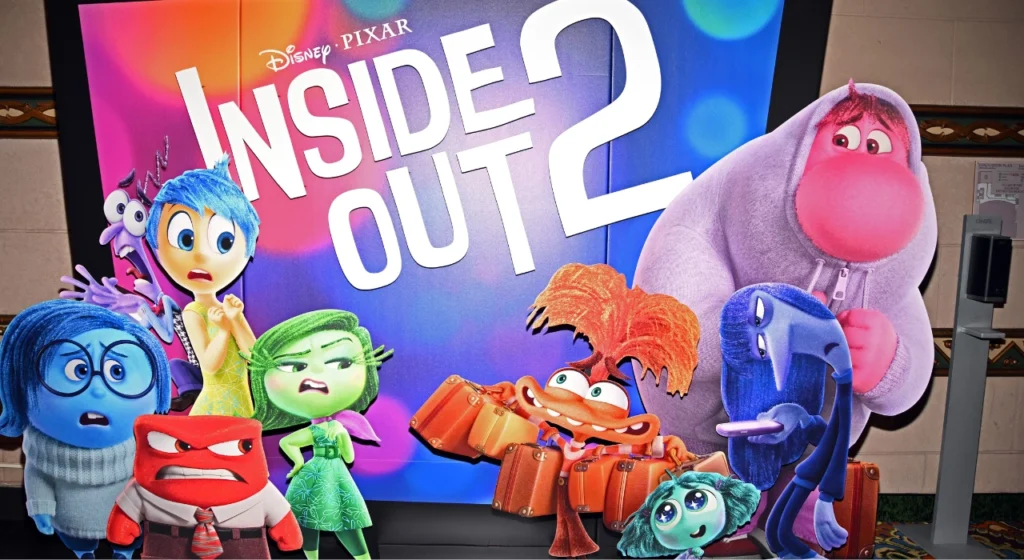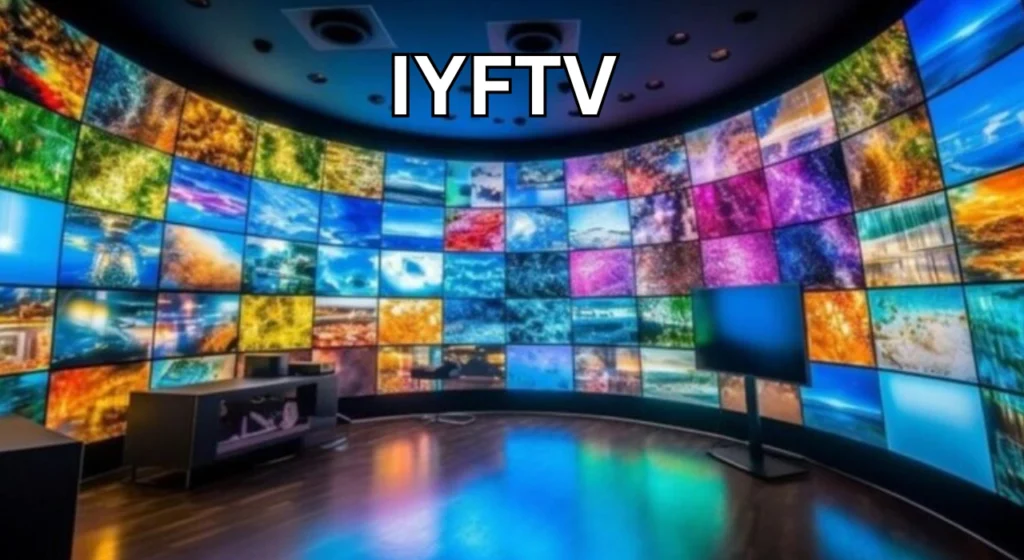When Pixar released Inside Out in 2015, it made audiences laugh, cry, and think about feelings in a way few animated films had ever done. It introduced us to Joy, Sadness, Anger, Fear, and Disgust emotions living inside an 11-year-old girl named Riley and showed how every feeling plays an important role in our lives. Beyond the colorful animation and clever humor, it gave parents, educators, and mental health advocates a creative tool to help children understand emotional experiences.
Now, Inside Out 2 builds on that foundation with a fresh, more mature look at growing up. Riley is older, her world is bigger, and the emotions inside her mind are more complex. The movie doesn’t shy away from the realities of adolescence, including the influence of phones, social media, and digital communication. This sequel is a thoughtful exploration of Inside Out 2 and emotional wellness, showing how emotional development interacts with the constant presence of technology in modern life.
By blending relatable storytelling with timely themes, Pixar has crafted not just another family film, but a conversation starter for households, classrooms, and communities.
Inside Out 2 and Emotional Growth
One of the most notable developments in Inside Out 2 is the introduction of new emotions — Anxiety, Envy, and Embarrassment alongside the familiar faces from the first film. This is an important shift. As children become teenagers, they encounter feelings that are more layered, often conflicting, and sometimes difficult to understand.
For example, Anxiety can be protective, helping us prepare for challenges, but it can also become overwhelming when left unchecked. Envy may motivate self-improvement, but it can also breed resentment. Embarrassment teaches social awareness, yet too much can hinder self-expression. By personifying these emotions, the movie gives kids a way to visualize and talk about them without shame.
This mirrors real-life emotional development. Research in child psychology shows that adolescence is a key period for building emotional regulation skills. The brain is still developing, social dynamics are shifting, and self-identity is being formed. By showing Riley adapting to these changes, Inside Out 2 becomes more than entertainment it becomes a relatable map for understanding the challenges of growing up.
Phones, Social Media, and Mental Health in the Film
While Inside Out 2 never turns into a lecture about technology, the presence of phones is woven into the background in ways that feel authentic. Characters check their screens for updates, share moments online, and occasionally drift into distraction. This reflects the reality of life for many kids and teenagers today a world where digital devices are constant companions.
The film uses these moments to highlight the emotional ripple effects of technology. A text from a friend can spark joy, but scrolling through social media can trigger envy or anxiety. Notifications can interrupt meaningful interactions, subtly pulling attention away from what’s happening in the real world. These small but powerful cues invite viewers to reflect on their own digital habits.
Mental health experts have been raising similar concerns for years. Studies link excessive screen time to issues like decreased attention span, increased social comparison, and higher rates of anxiety. By subtly showing these dynamics rather than preaching about them, Inside Out 2 respects its audience’s ability to connect the dots — and perhaps start a conversation about healthy boundaries.
Also Check: FintechZoom Daily Bitcoin Trends and Crypto Market Insights.
Emotional Wellness in the Digital Age
Today’s children are the first generation to grow up fully immersed in the digital age. While technology offers incredible opportunities for learning and connection, it also poses risks to emotional well-being. Constant notifications, endless streams of content, and pressure to present a perfect online image can take a toll on self-esteem and mental health.
Inside Out 2 addresses this reality by showing how Riley’s emotions react to digital interactions. Joy might light up at a positive message, while Anxiety might spike after a misunderstood text. Sadness might emerge after feeling left out of an online group. These scenarios feel familiar to many viewers both young and old and help normalize the idea that technology can influence mood.
Understanding this connection is vital for emotional wellness. Recognizing how certain digital behaviors affect our feelings is the first step toward healthier habits. The movie’s approach is simple but powerful: by giving emotions a voice, it makes it easier for viewers to identify what they’re feeling and why.
Related: Connection error guide to restore server config in minutes.
What Parents and Educators Can Take Away?
For parents, Inside Out 2 is a golden opportunity to discuss emotional wellness and digital habits in a way that doesn’t feel forced. Instead of giving a lecture, you can use the movie as a shared reference point. Asking questions like “Which new emotion do you relate to most?” or “How do you think Riley felt when she saw that on her phone?” encourages self-reflection without judgment.
Educators can incorporate the film into social-emotional learning (SEL) programs, using it as a visual aid for lessons on empathy, self-awareness, and responsible technology use. Classroom activities might include journaling about how emotions respond to certain situations or role-playing scenarios where students practice healthy ways to manage stress.
The key takeaway for adults is that emotional wellness isn’t just about reducing screen time — it’s about creating balance. Helping kids build awareness of their feelings, whether triggered by in-person experiences or digital interactions, is a skill that will serve them for life.
The Role of Media in Shaping Emotional Understanding
Pixar has long used storytelling to address complex human experiences. From Up’s exploration of grief to Soul’s reflections on purpose, the studio has shown that animated films can tackle deep topics while still being accessible to young audiences. Inside Out 2 continues this tradition by blending entertainment with emotional education.
Media plays a powerful role in shaping how children think about emotions. When kids see characters experiencing and managing difficult feelings, it gives them a model to follow. By including the impact of phones and technology, the film reflects the reality of today’s world, making its lessons even more relevant.
This is important because children often absorb messages from entertainment more readily than from direct instruction. A well-told story can leave a lasting impression, helping them remember that all emotions have value, and that managing them is a lifelong skill.
You May Also Like: Top Linux Browsers for Speed, Security, and Simplicity.
Conclusion: A Movie That Reflects Today’s Emotional Challenges
Inside Out 2 is more than a colorful sequel; it’s a timely reflection of the emotional challenges faced in a phone-connected world. By introducing new emotions and weaving in themes about technology’s impact, it provides a lens for understanding the pressures of modern adolescence.
For families, it’s a conversation starter about balancing digital life with emotional health. For educators, it’s a resource for teaching emotional literacy in relatable terms. And for everyone, it’s a reminder that our emotional well-being is shaped not only by what we feel but by how we respond to those feelings.
In a culture that often moves too fast to pause and reflect, Inside Out 2 invites us to slow down, notice our emotions, and make space for conversations that matter.
Frequently Asked Questions
Is Inside Out 2 suitable for younger children?
Yes. While the themes are more mature than the first film, it’s still family-friendly. Younger children may need help understanding the new emotions, so watching together is best.
Does the movie directly address phone addiction?
Not directly, but it shows realistic scenarios where phone use influences emotions, encouraging viewers to think about their own habits.
What new emotions are introduced in Inside Out 2?
The sequel features Anxiety, Envy, and Embarrassment, reflecting the more complex feelings that come with growing up.
How can I use the film to talk about emotional wellness with my kids?
Ask open-ended questions about which emotions they related to and discuss how technology affects their moods and relationships.





